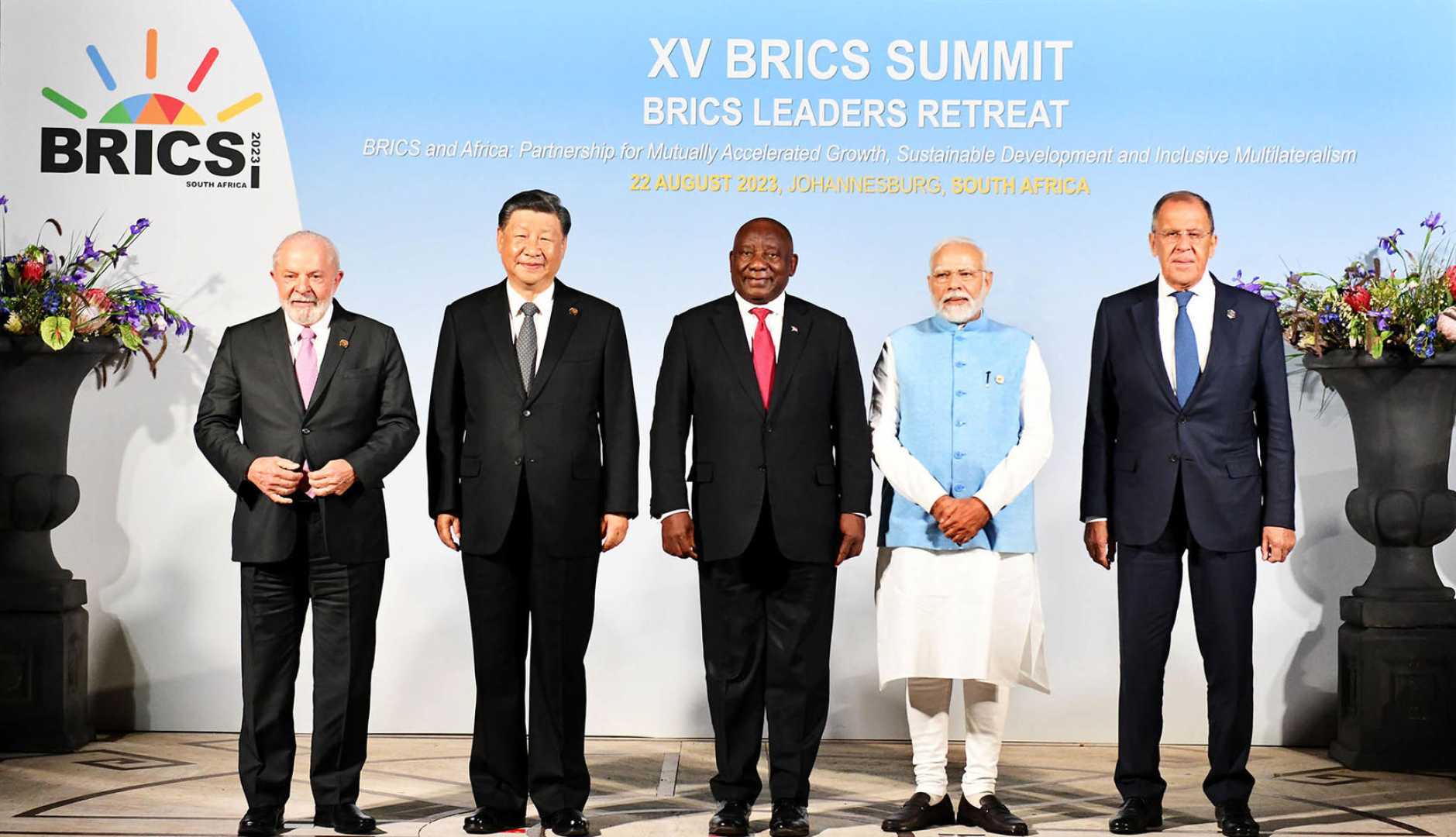Politics
Small States Weigh Joining Brics Amid Global Trade Shifts

Wellington, New Zealand — As global power dynamics shift, small states like New Zealand are reassessing their foreign policies. With rising tensions stemming from U.S. President Trump‘s stance on free trade and international norms, these smaller nations must navigate a complex landscape.
The growing influence of Asia and the Indo-Pacific has given rise to alternative multilateral groups. Among these is the Brics coalition, which has emerged as a significant player in global economics. Formed in 2006 by Brazil, Russia, India, China, and South Africa, Brics aims to create a counterbalance to Western dominance in global affairs.
The first Brics summit took place in 2009, with South Africa joining in 2010. The coalition emphasizes consensus and solidarity rather than coercion, advocating for an inclusive and multi-polar world. Former Indian Prime Minister Manmohan Singh highlighted this vision in his 2009 speech, stating, “We share the vision of inclusive growth and prosperity in the world.”
In 2012, the Brics nations articulated their shared goals through the Delhi Declaration. This agreement addressed mutual concerns regarding food and energy security, emphasizing a future of global peace and improved representation for emerging economies in global governance.
Whether New Zealand will consider joining Brics remains uncertain, but the group includes major nations crucial to the country’s economic future. As the world recalibrates, the relevance of coalitions like Brics is likely to grow.












